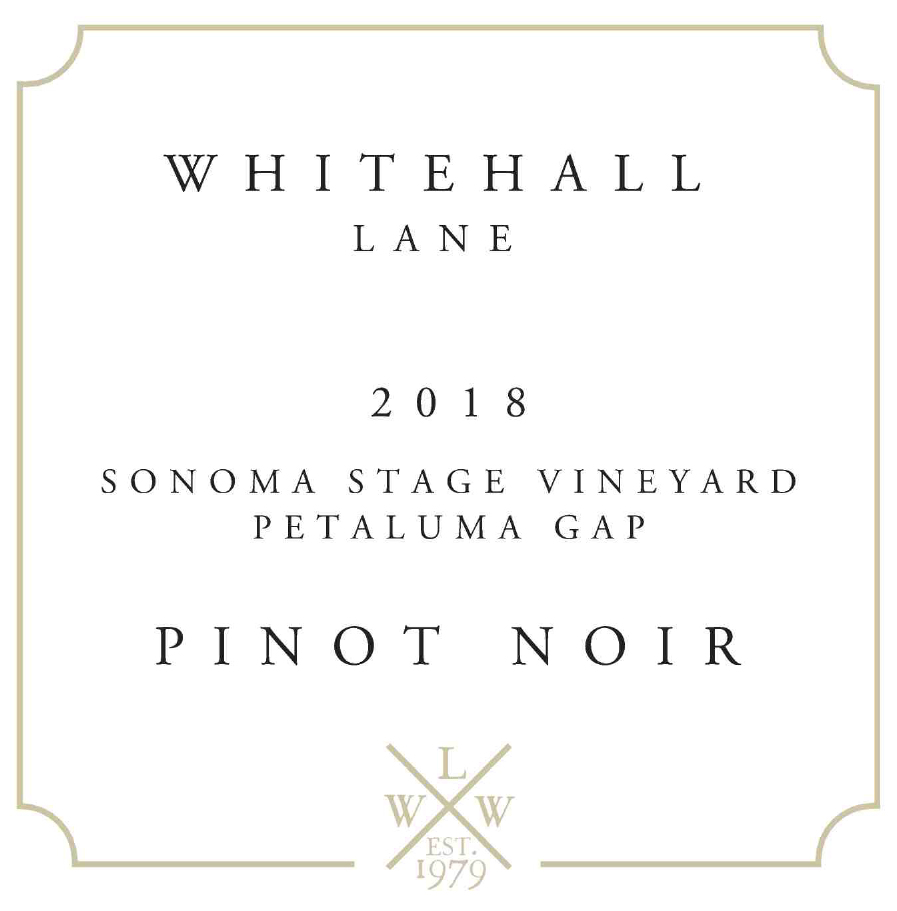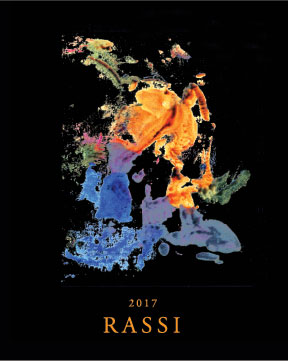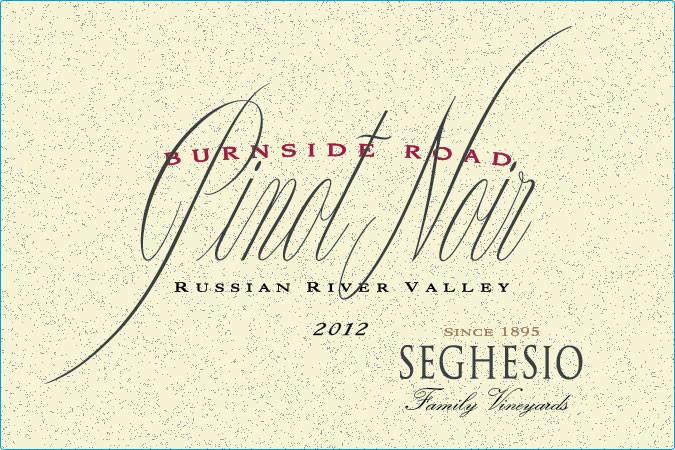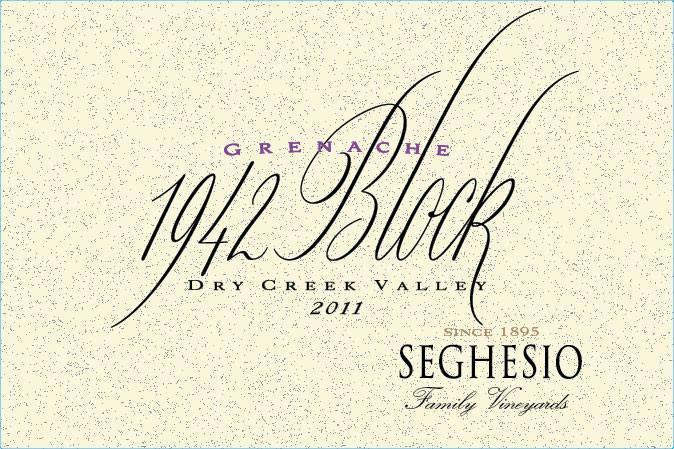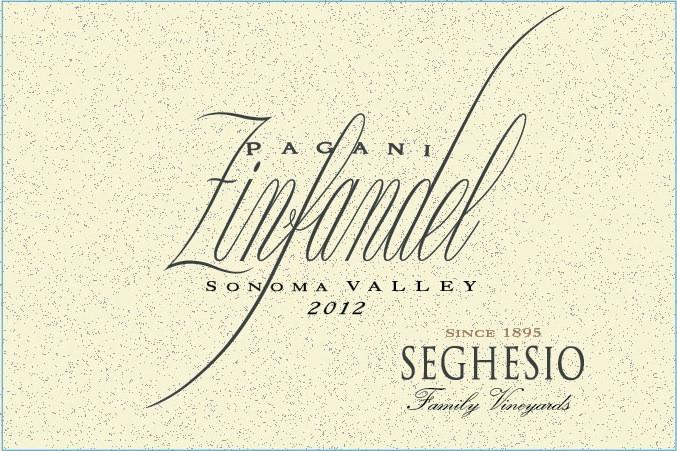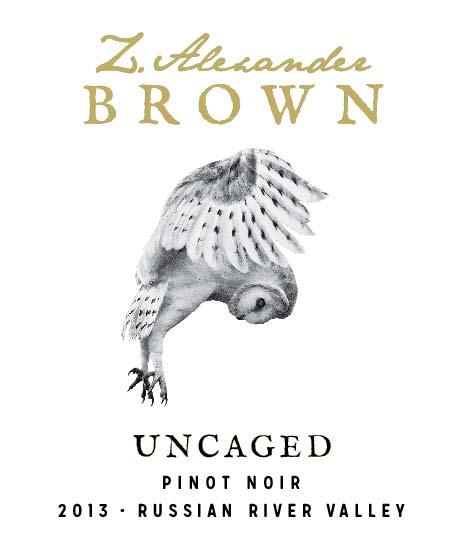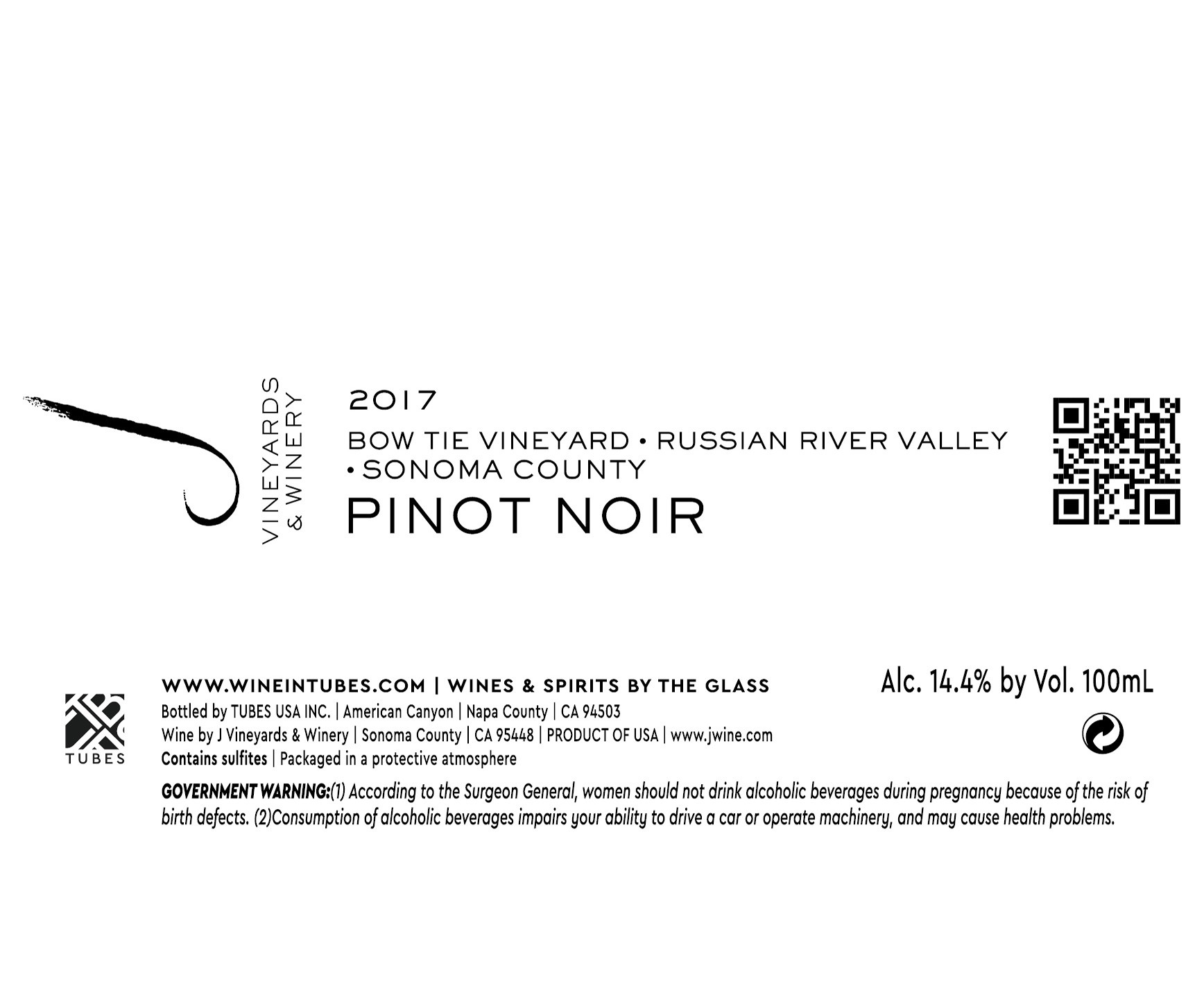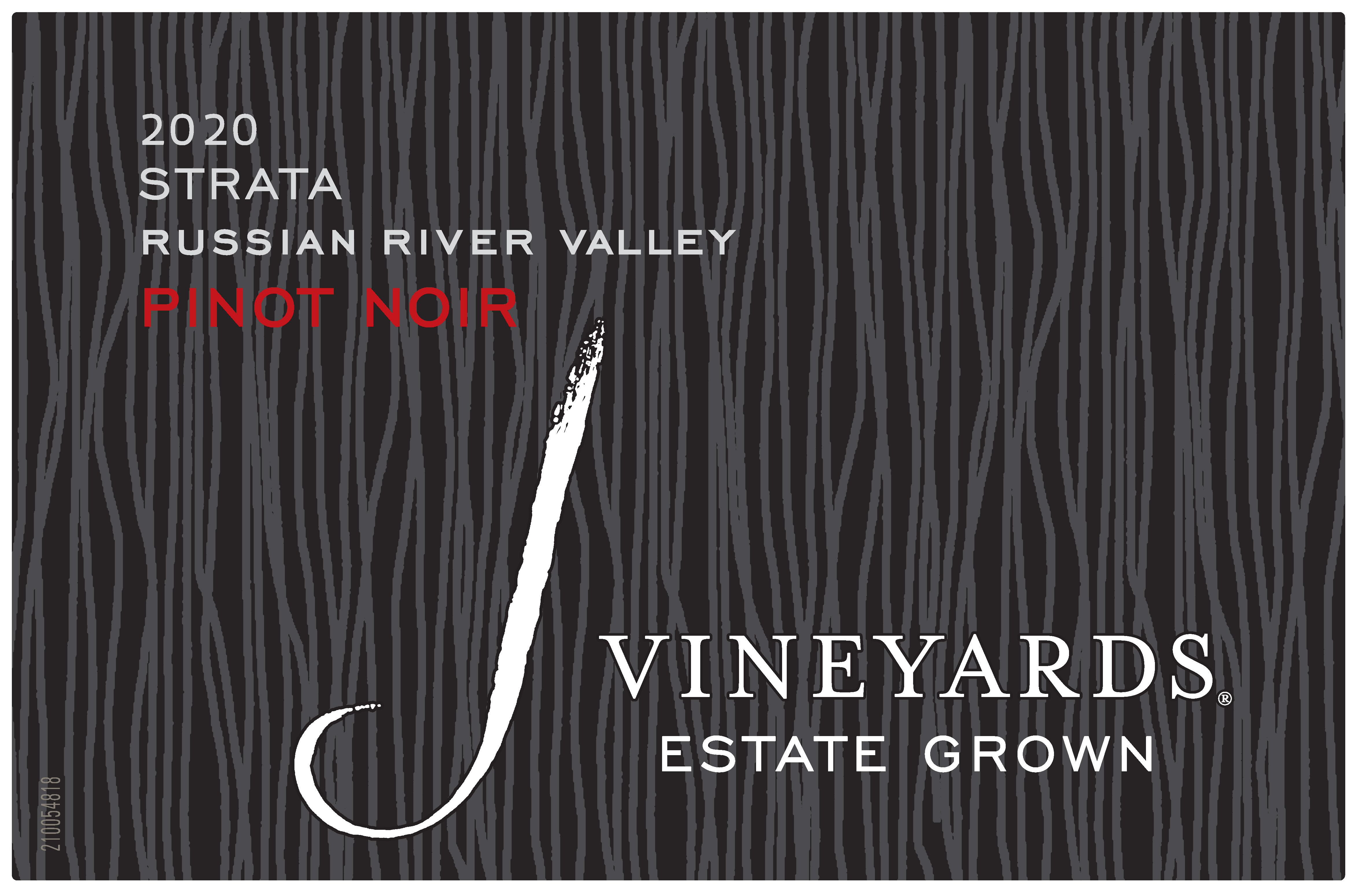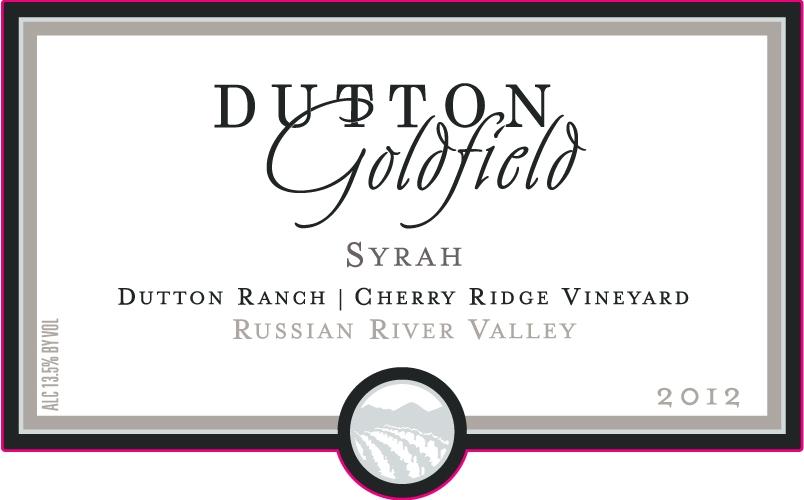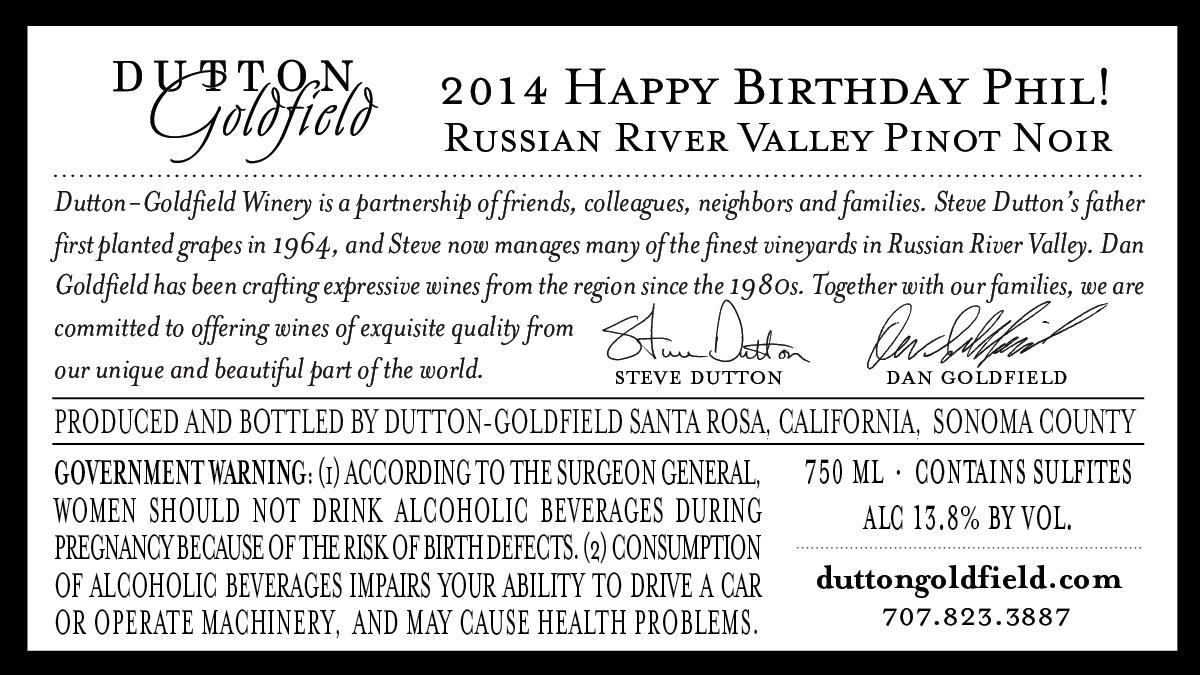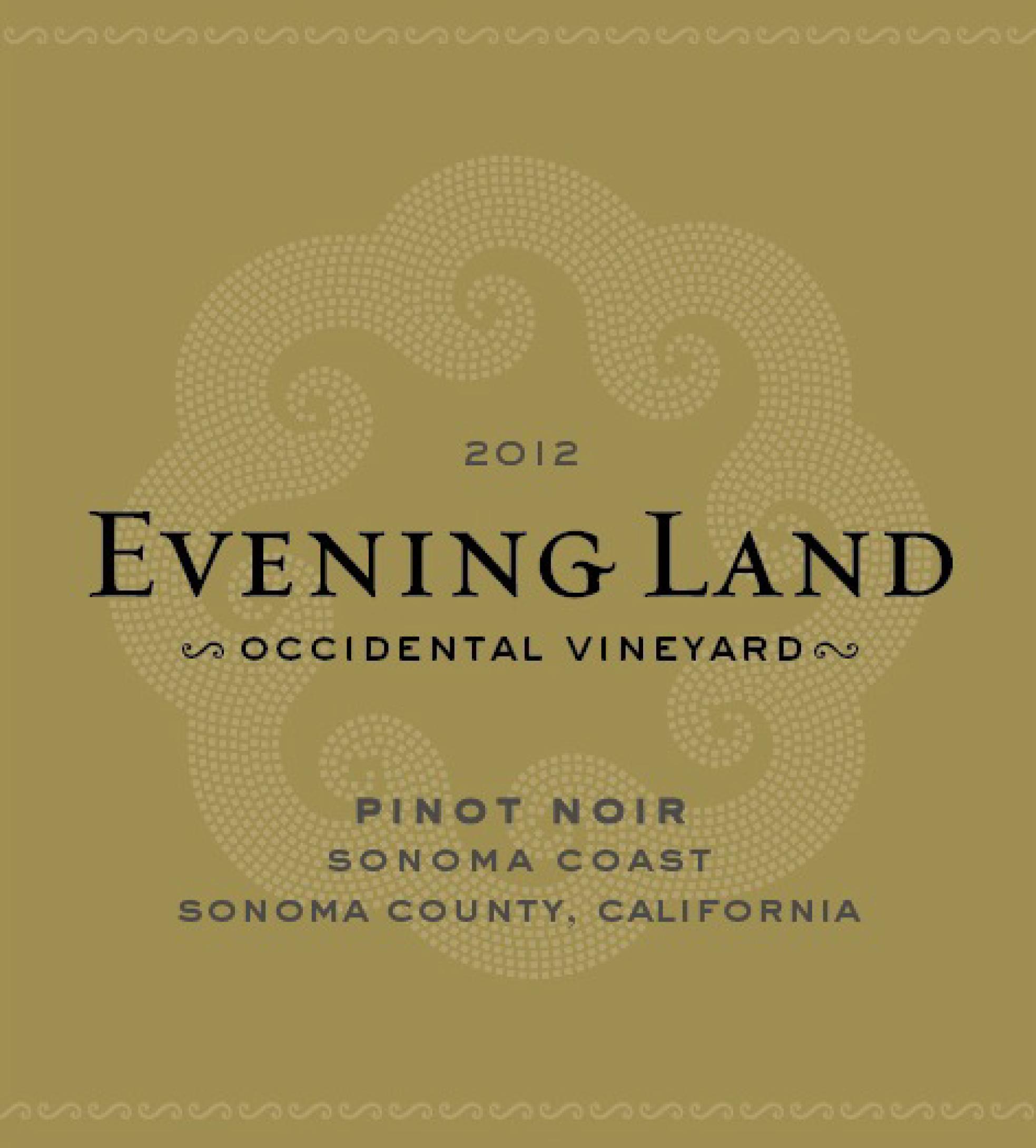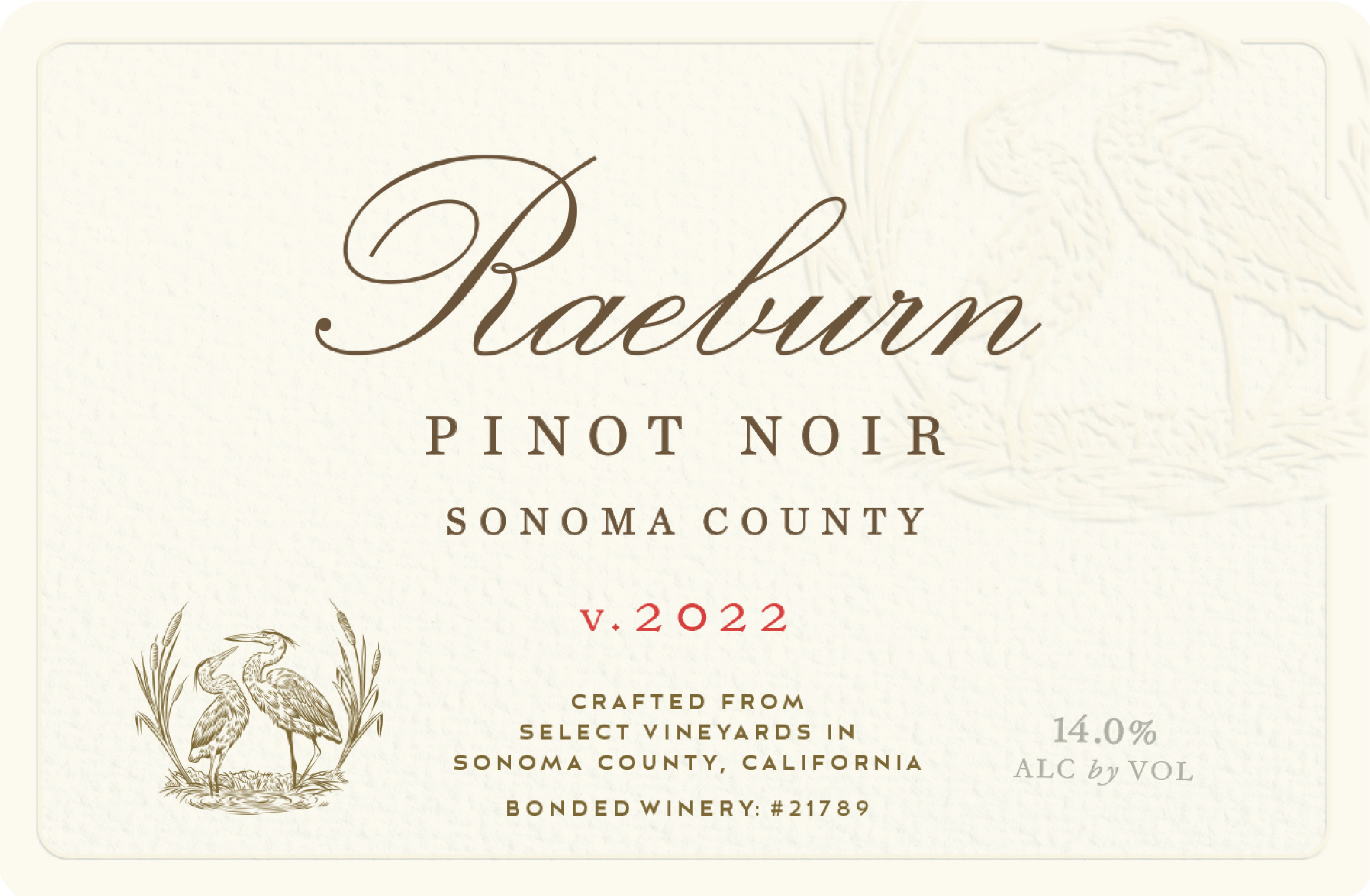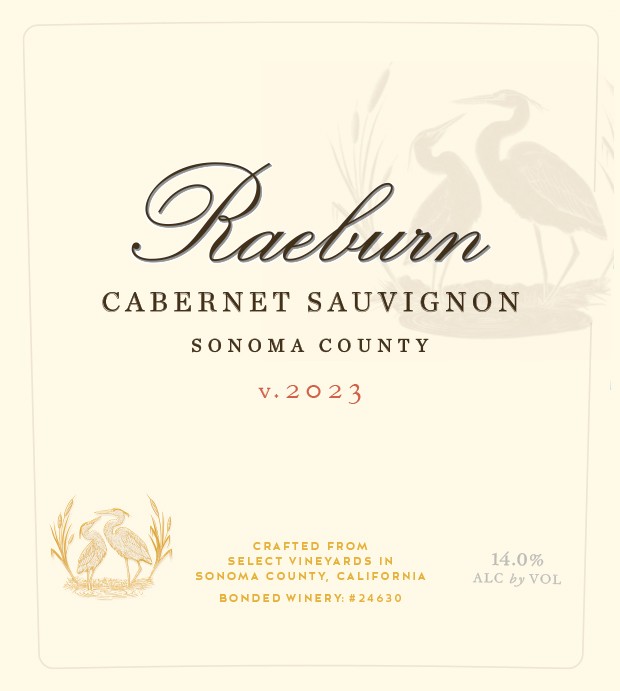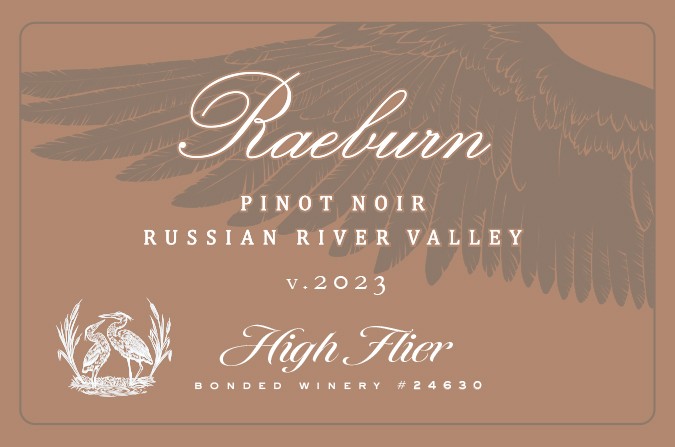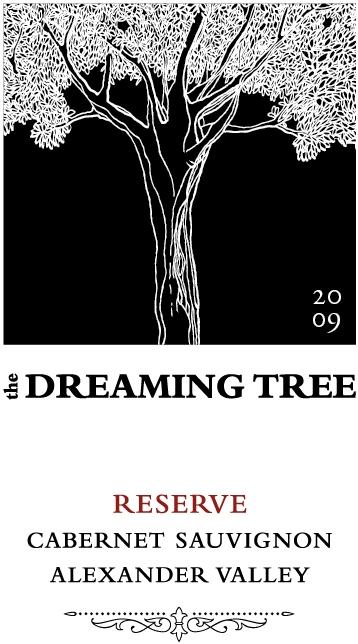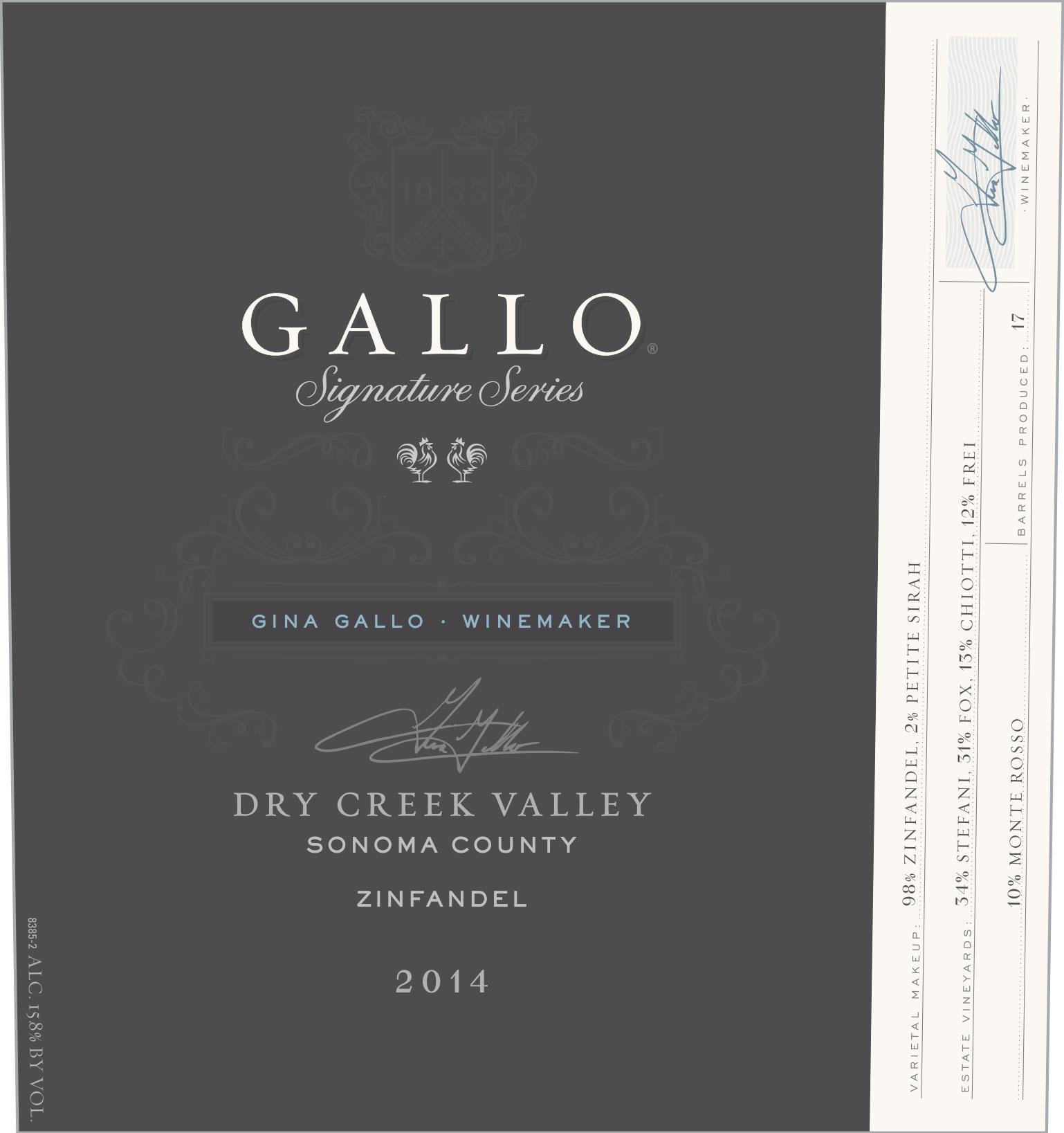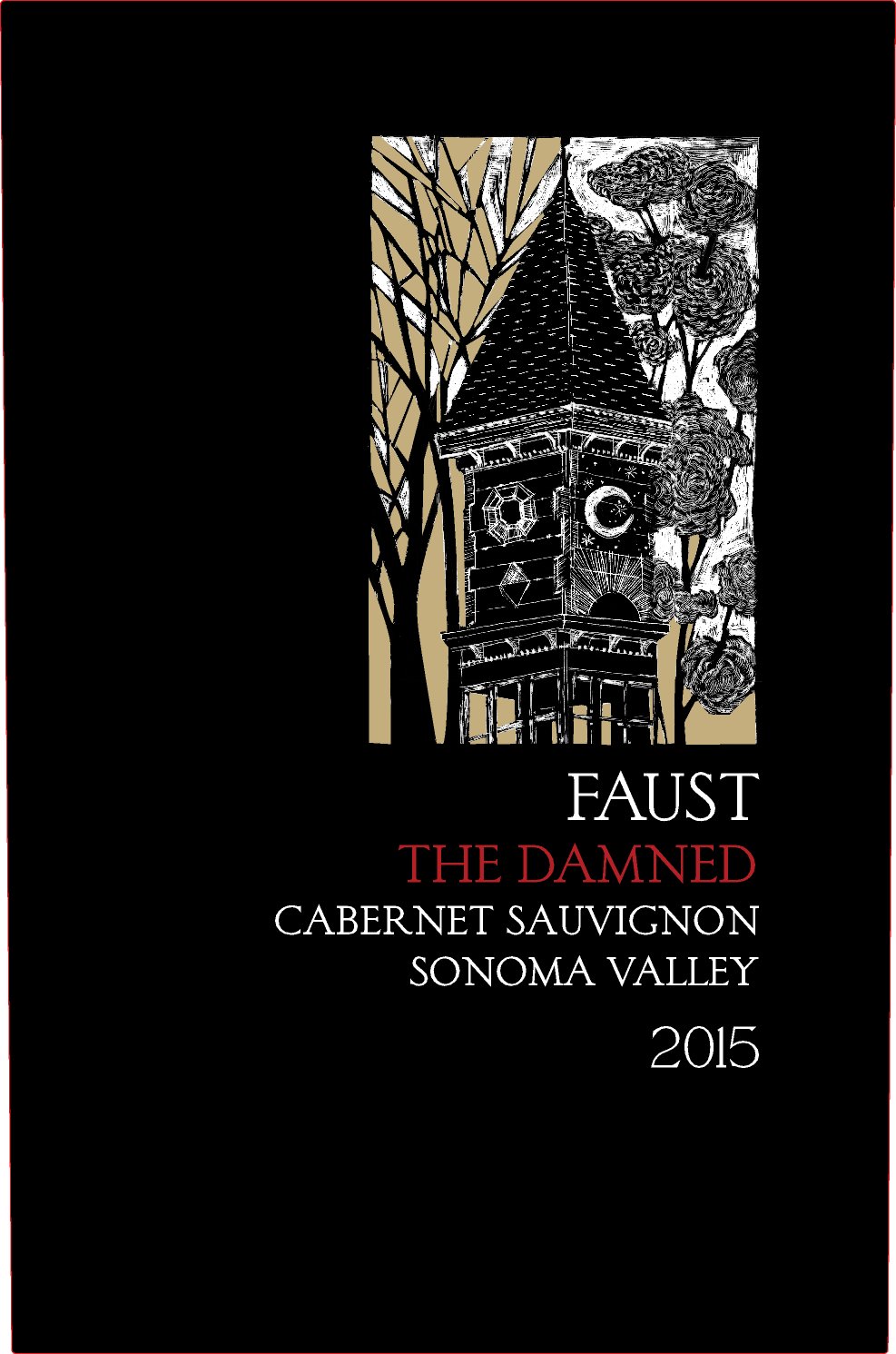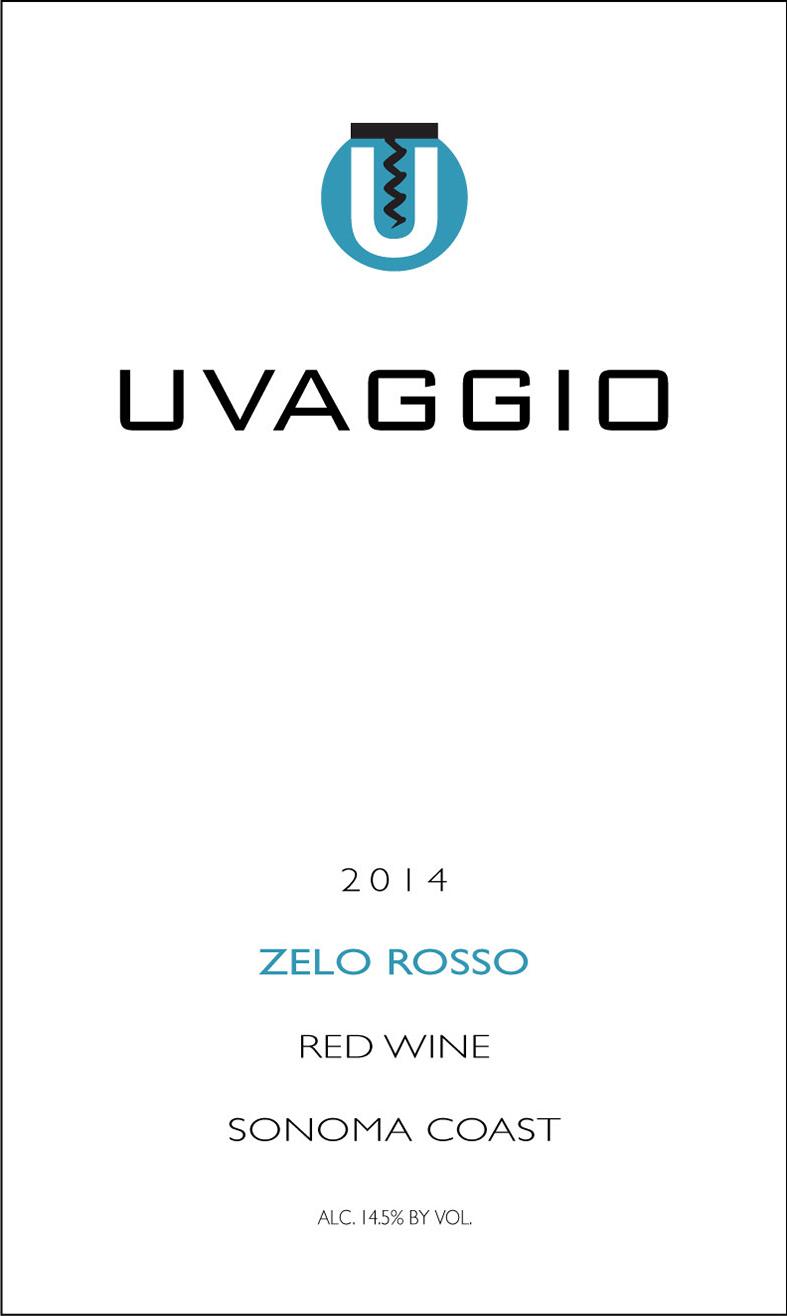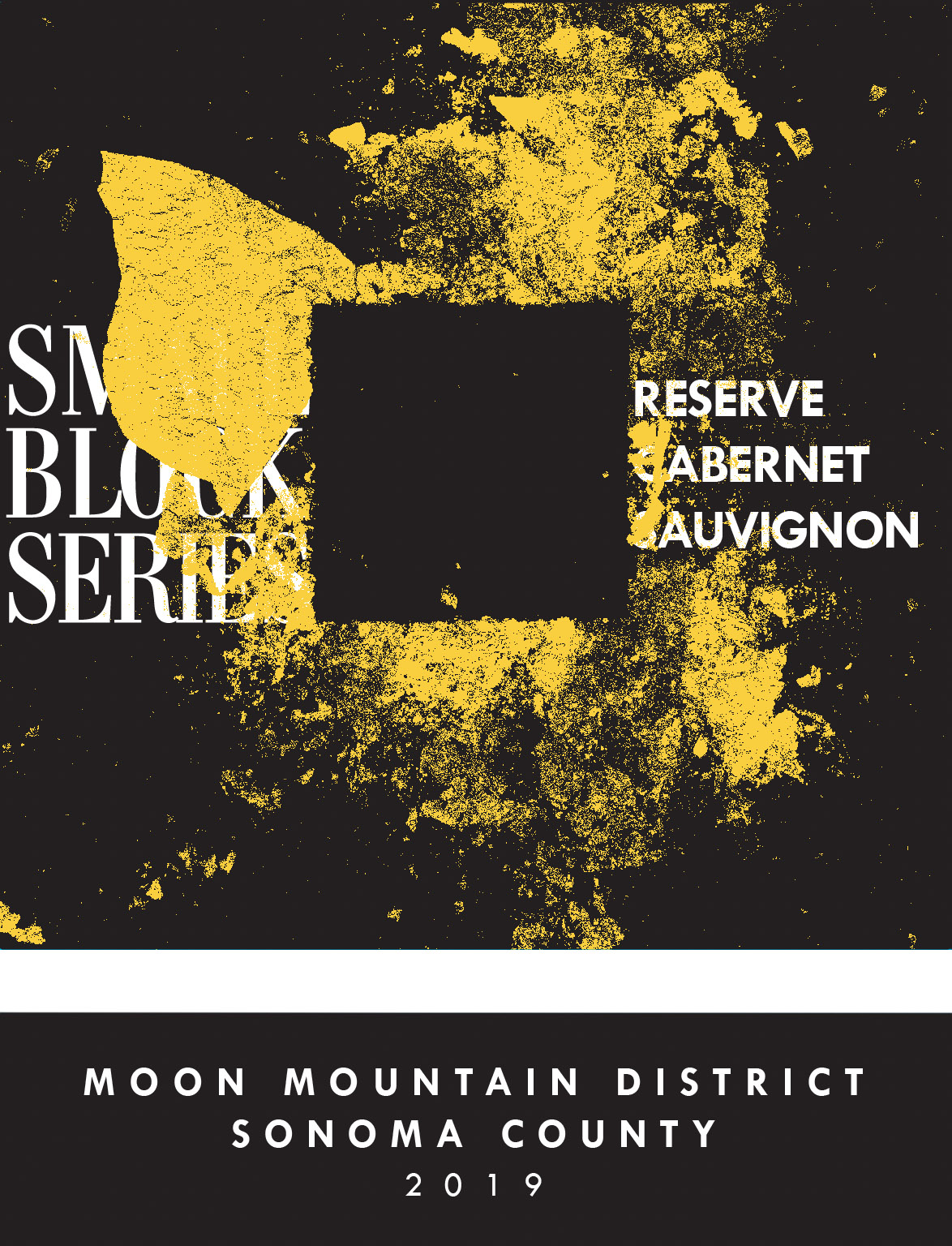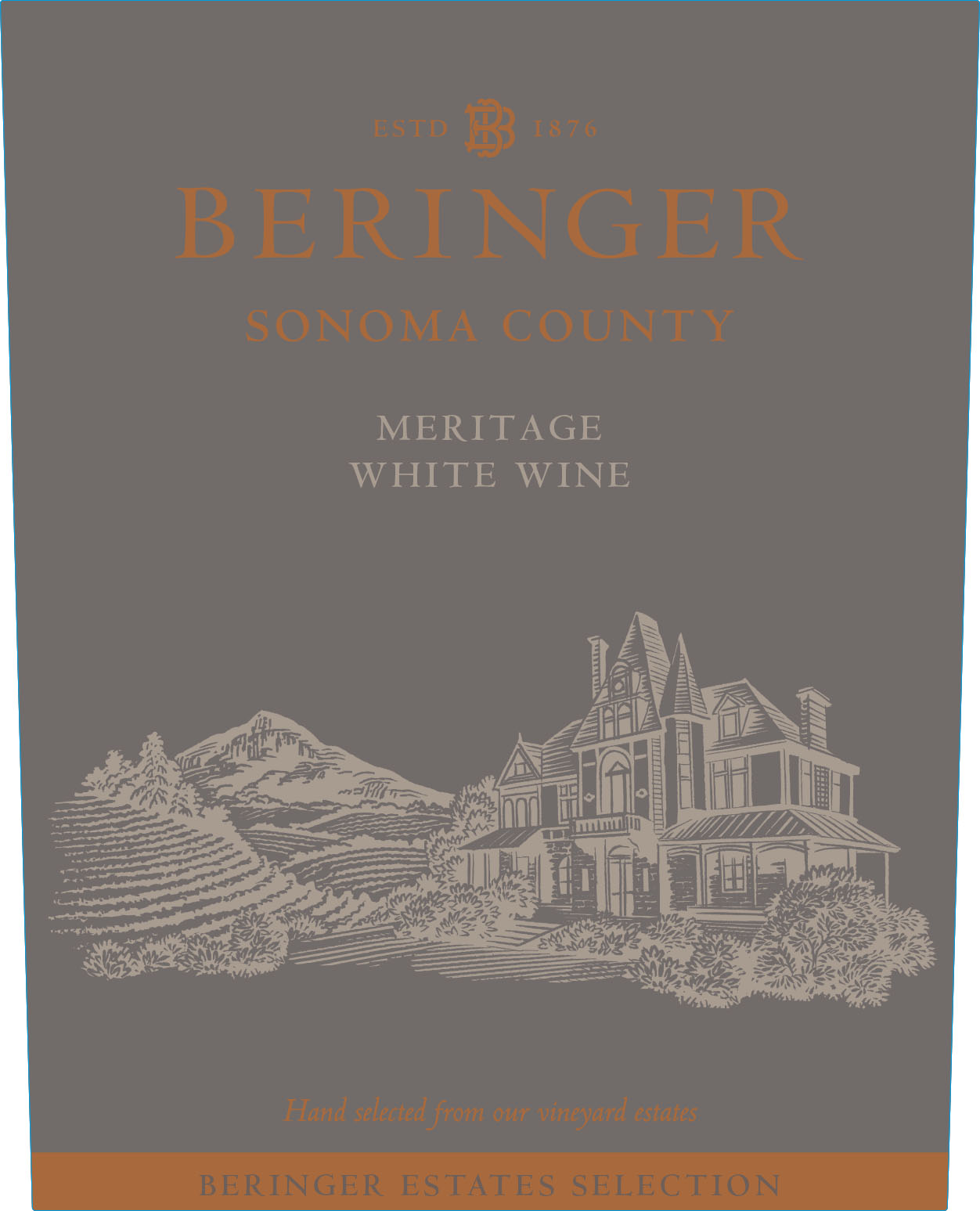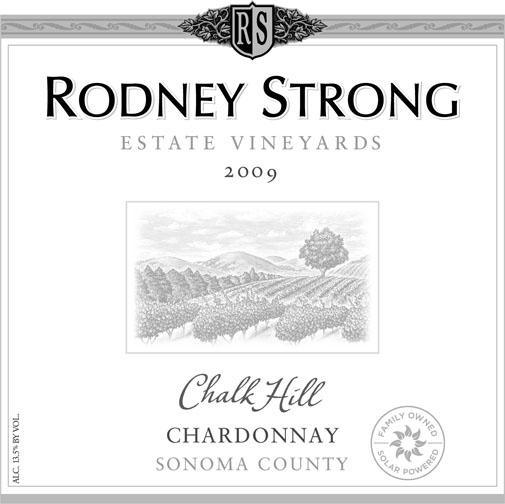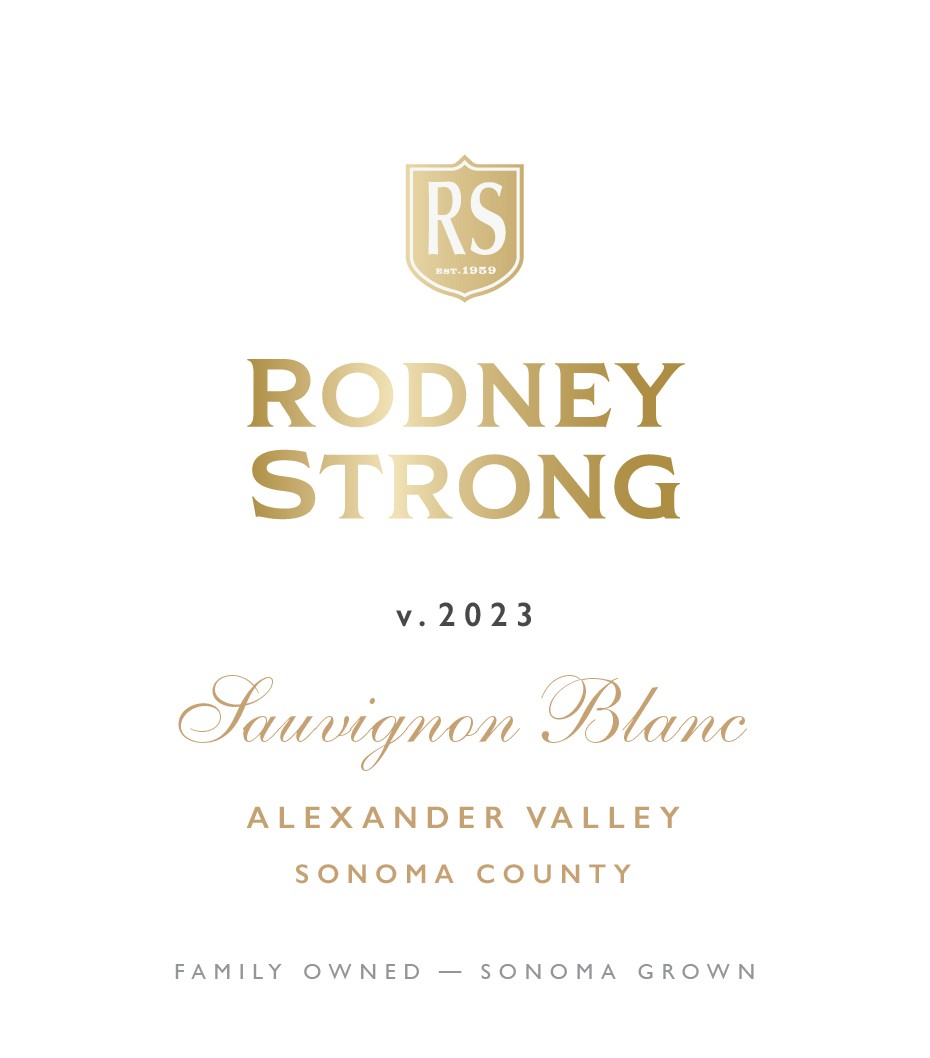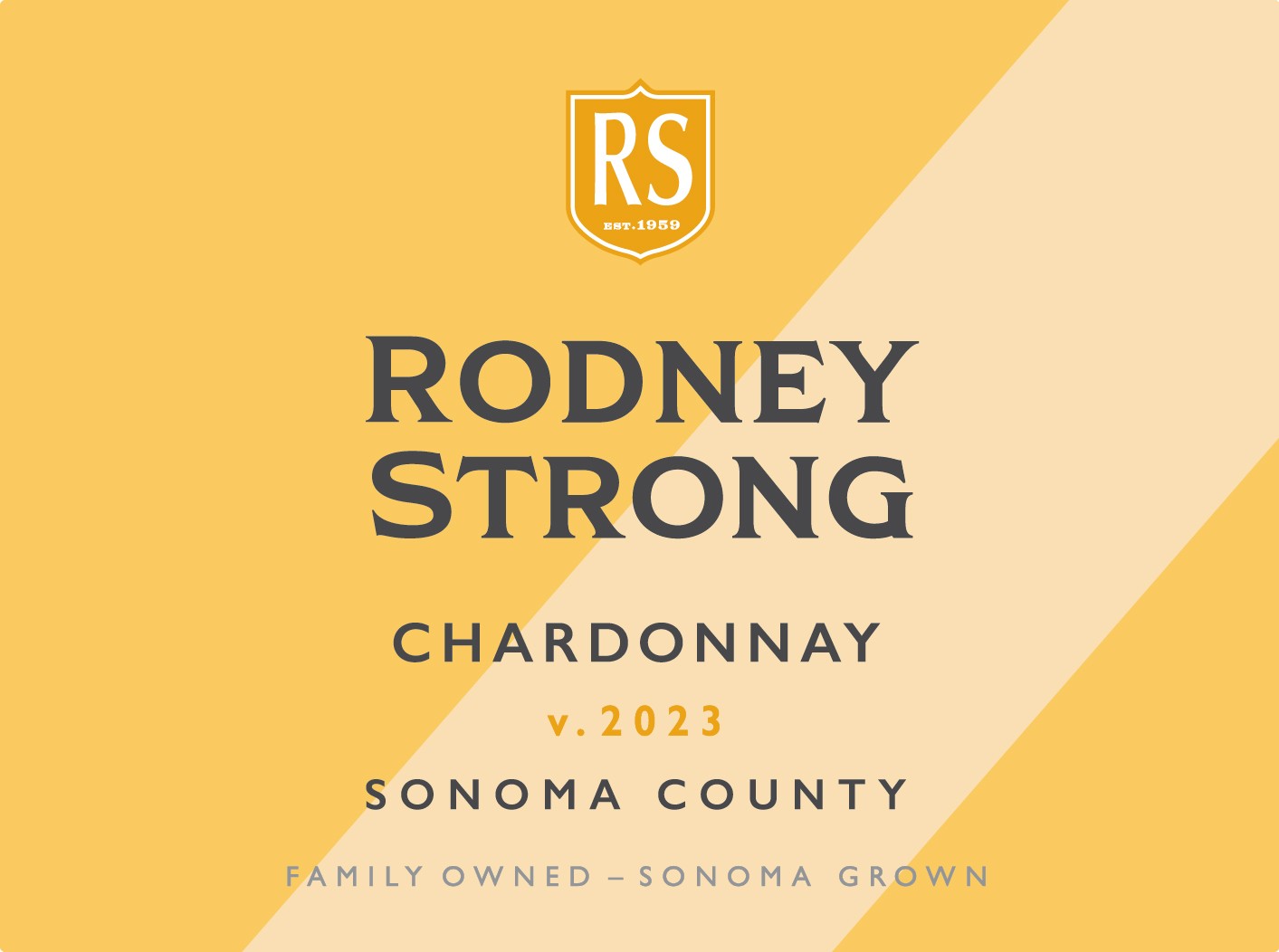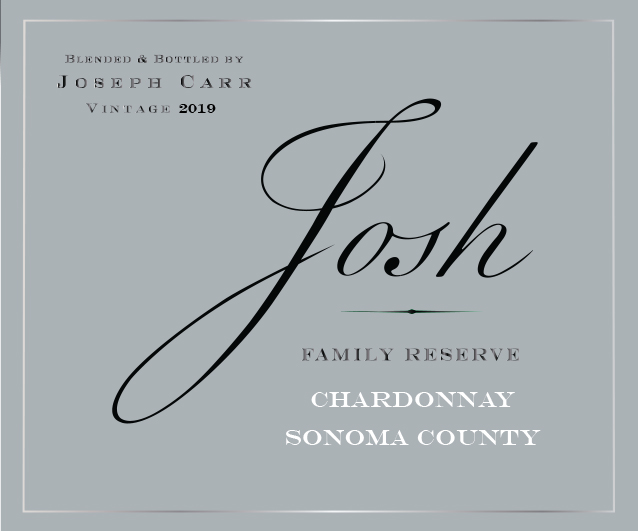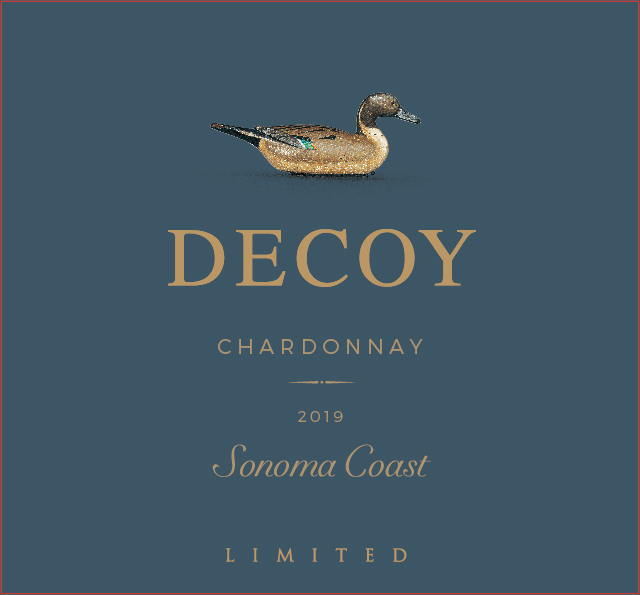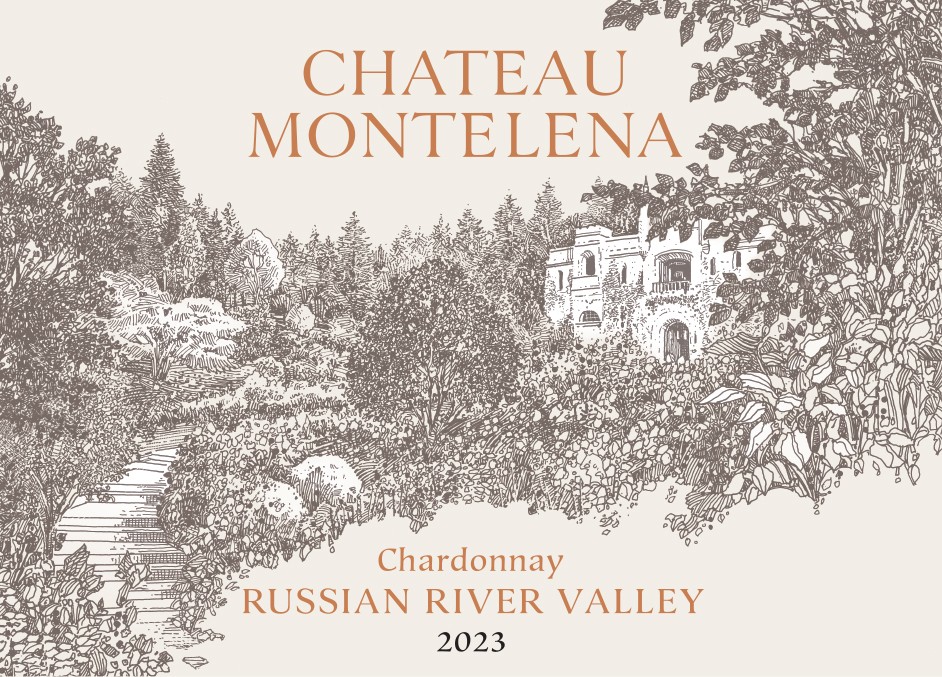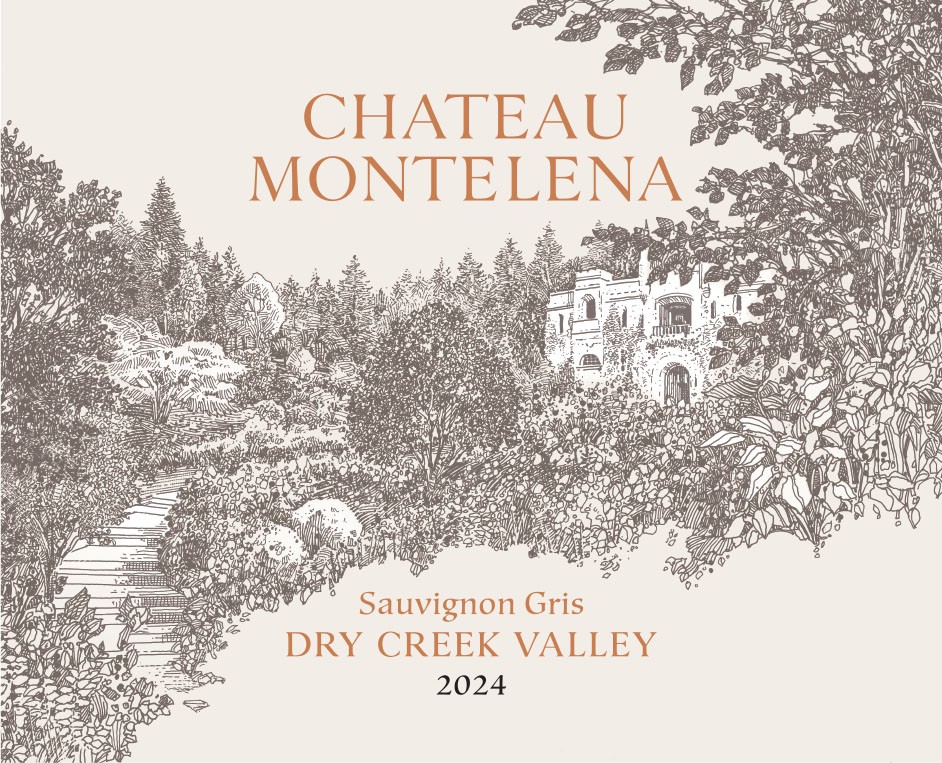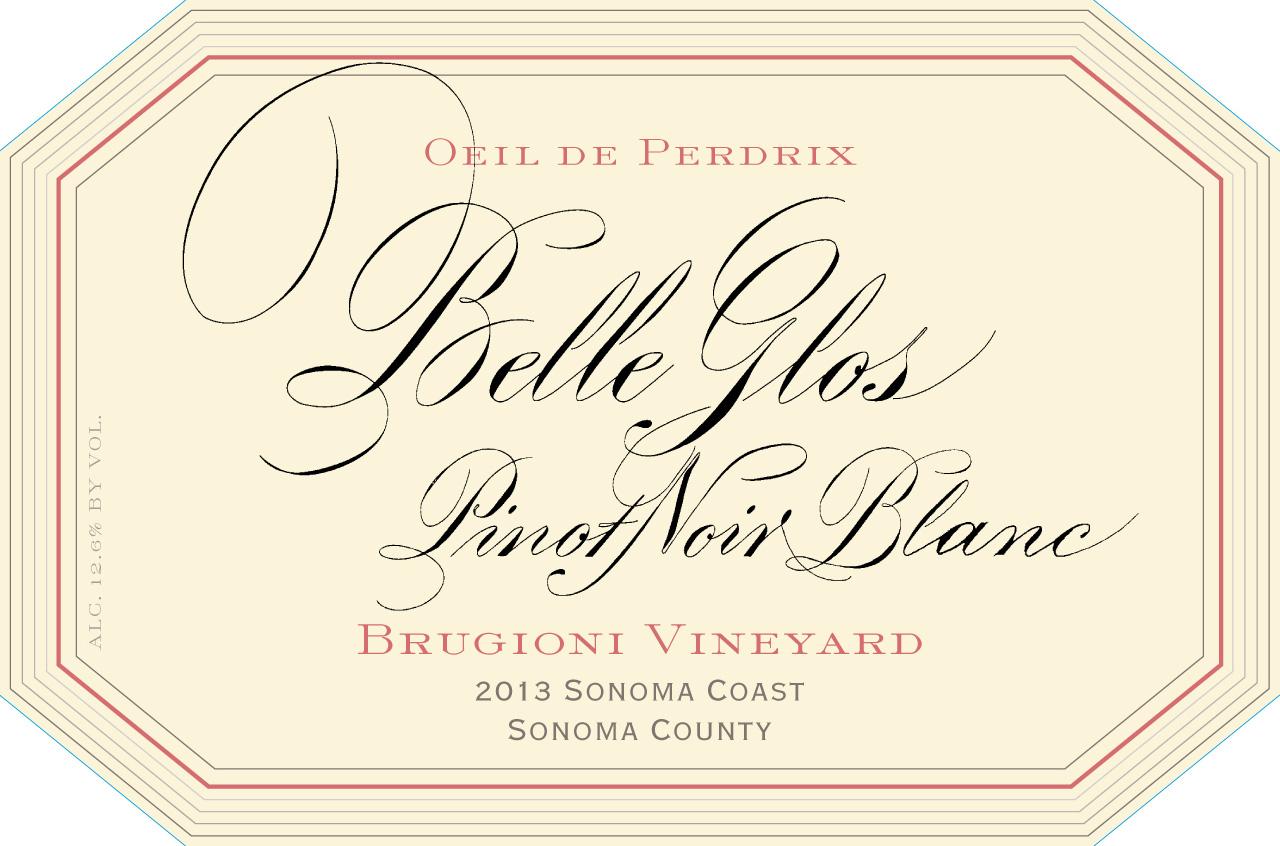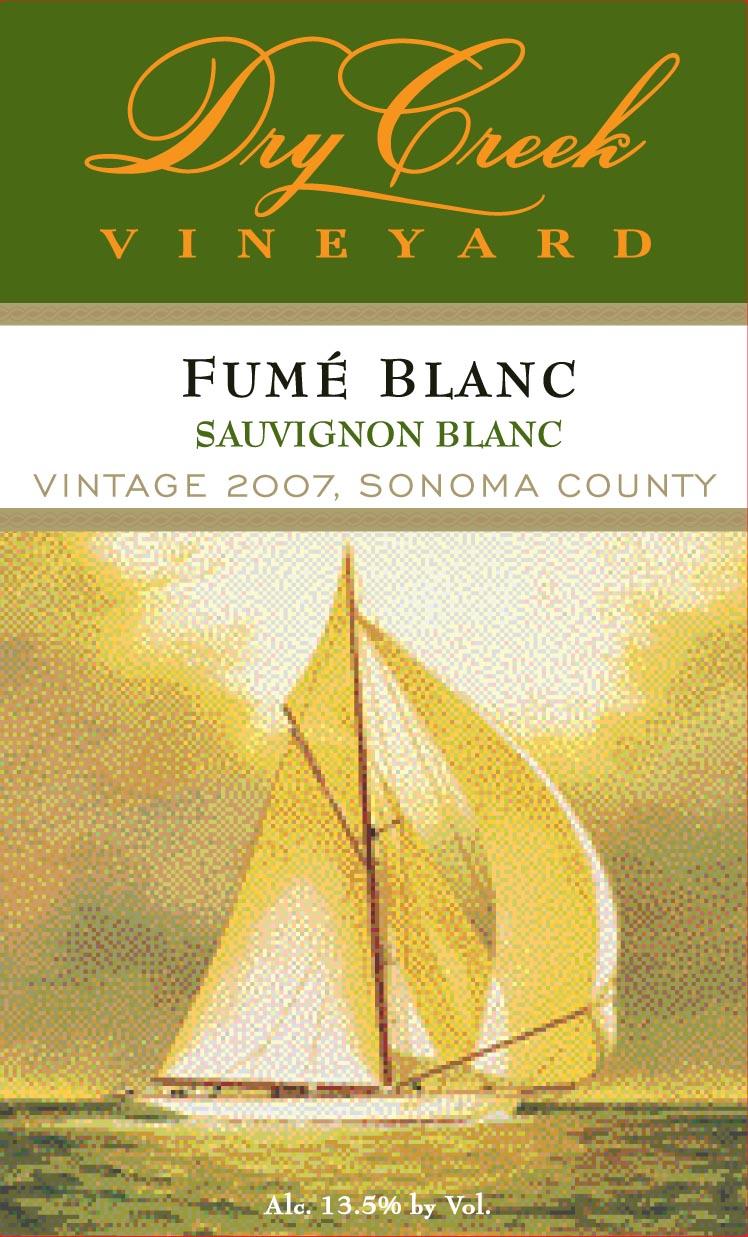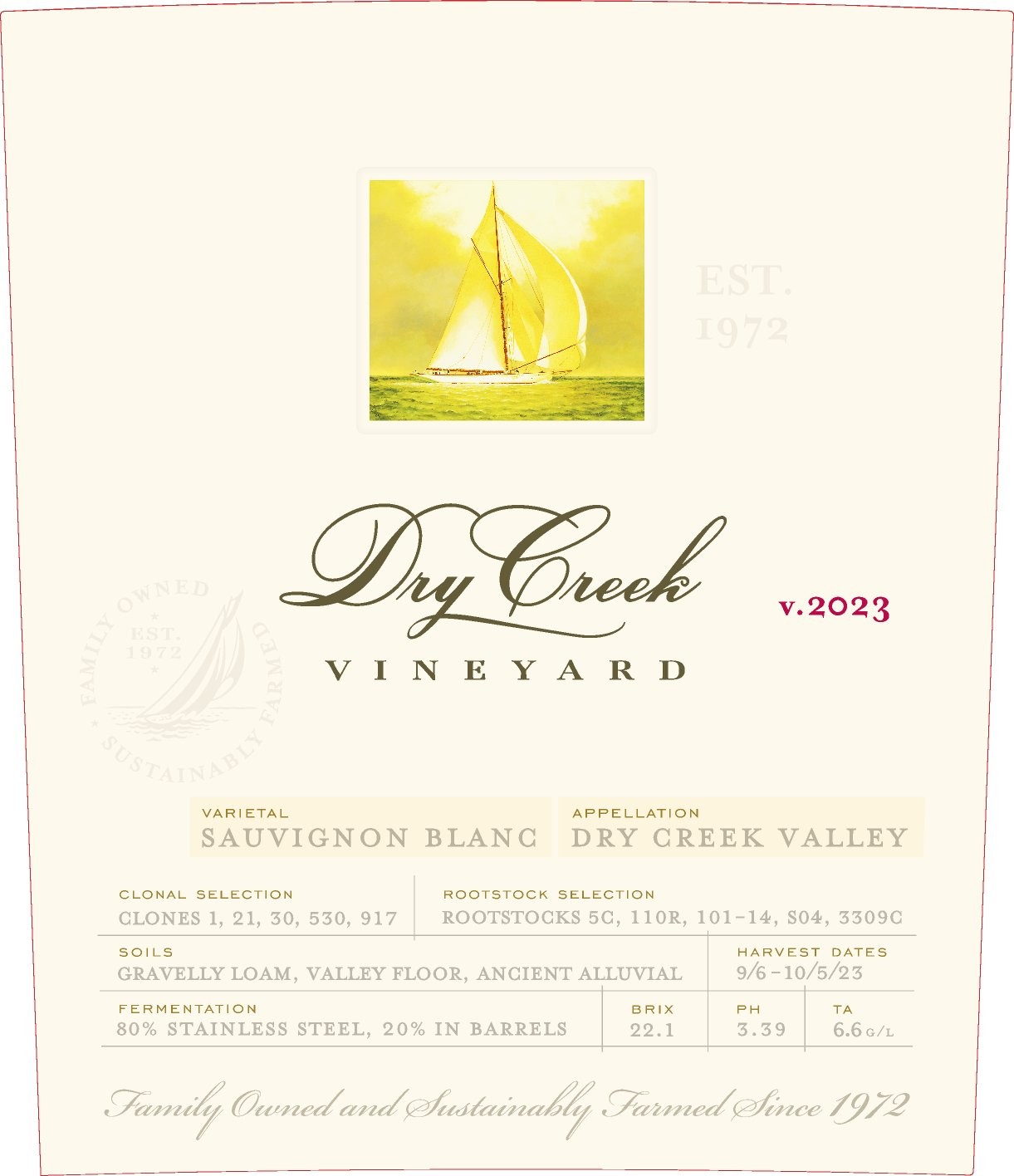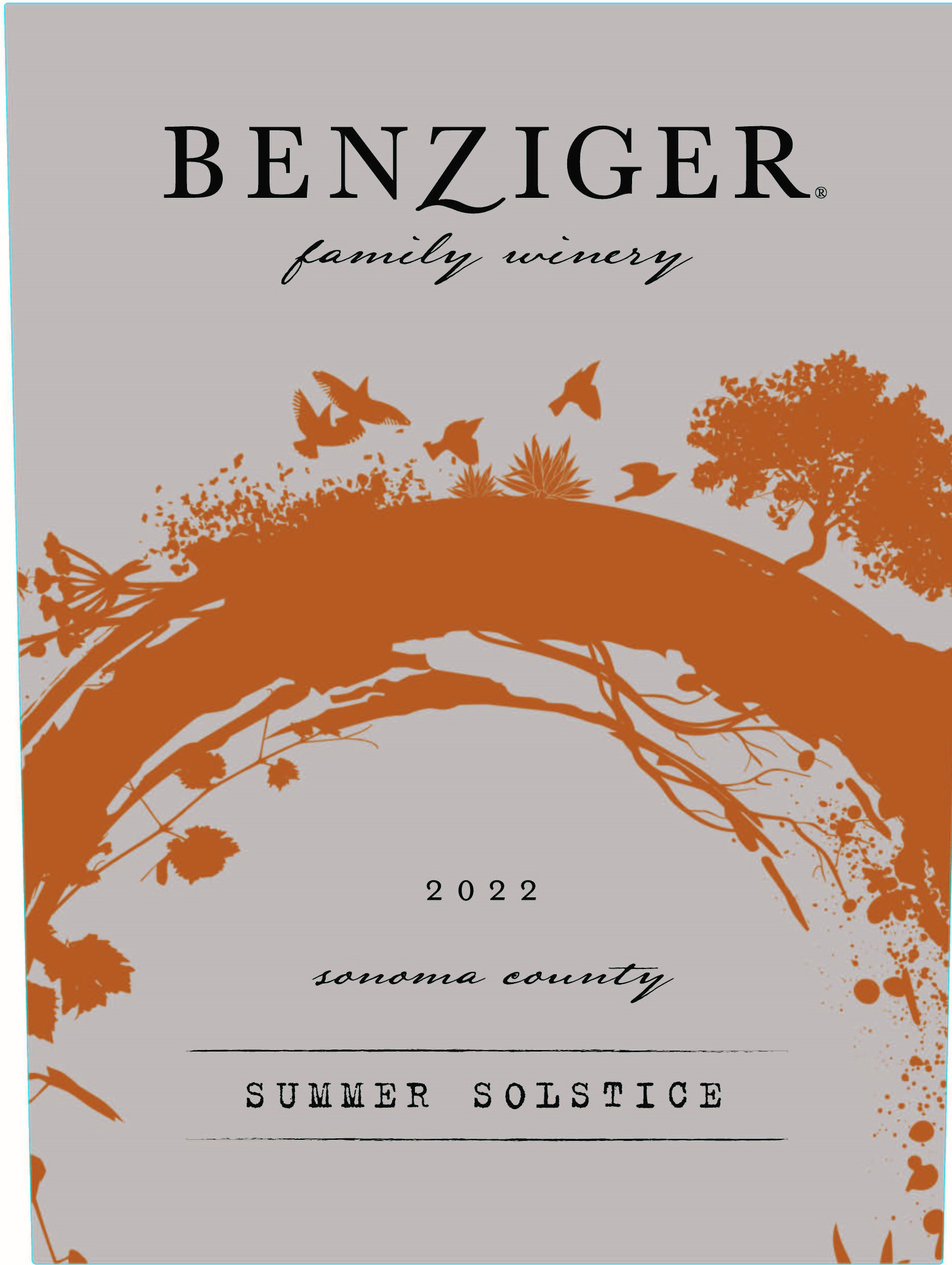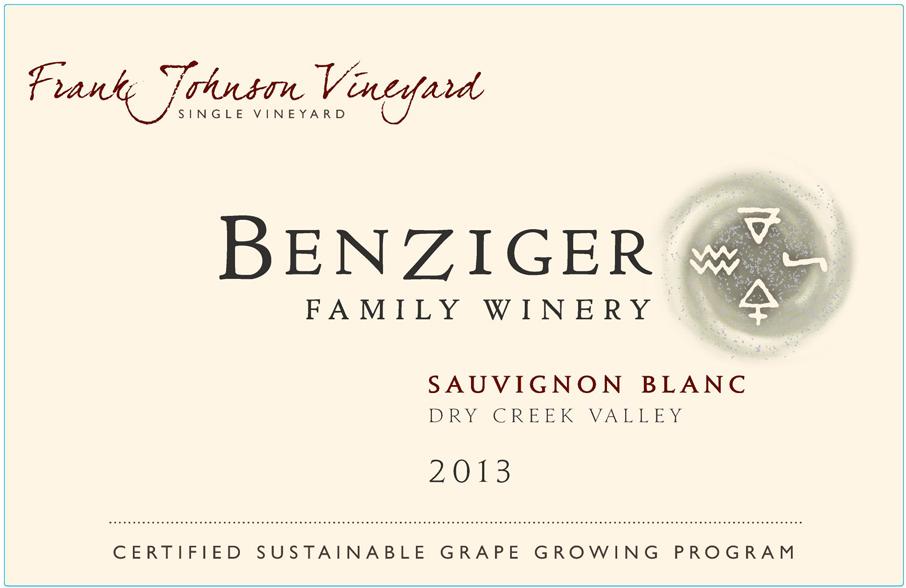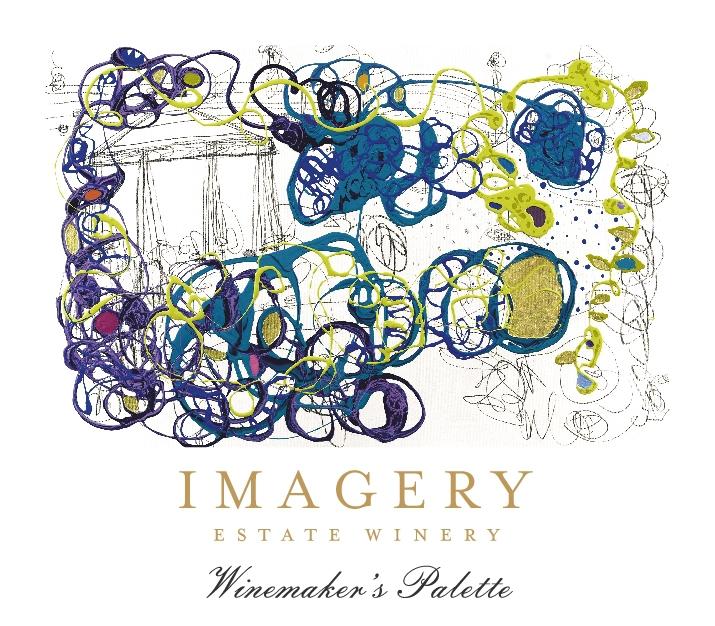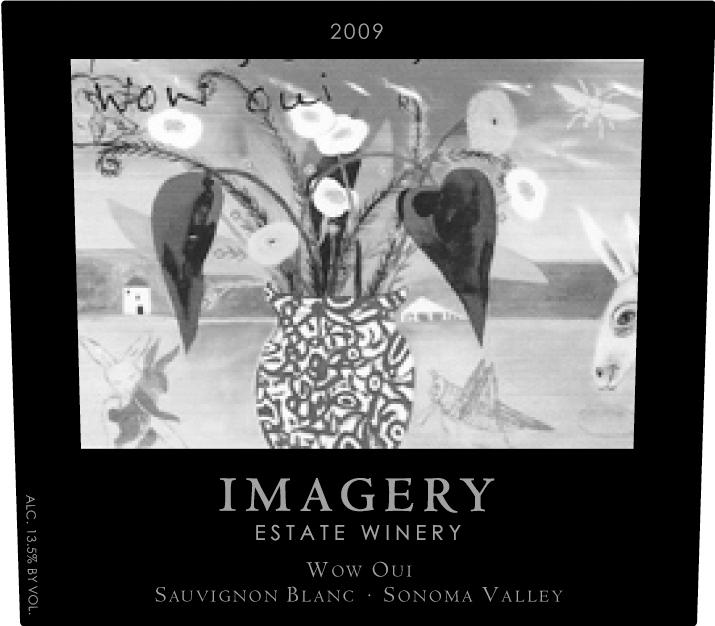Terroir of Sonoma County
Sonoma County offers a Mediterranean climate with wet winters and dry, sunny summers, perfect for growing grapes. The region's varied landscape, from foggy coastlines to sunlit valleys, creates diverse microclimates. Coastal areas like Sonoma Coast and Carneros enjoy marine fogs that extend the growing season and keep grape acidity high. Inland areas such as the Russian River and Alexander Valley benefit from warm days and cool nights due to marine air, enhancing flavor.
The county's soils range from sedimentary and volcanic in the highlands to alluvial on valley floors, shaping its unique terroir. Notable are the Goldridge sandy loam in Russian River Valley and the volcanic ash of Chalk Hill, each giving wines distinct qualities. With elevations from sea level to over 2,000 feet, Sonoma's terroir supports a variety of world-class wines.
Notable Wineries in Sonoma County
Sonoma Valley, a cornerstone of California’s wine heritage, hosts some of the region's most historic and innovative wineries. Notable estates include:
-
Buena Vista Winery: Established in 1857, it's the birthplace of modern California wine, offering classic Cabernet, Zinfandel, and sparkling wines.
-
Gundlach-Bundschu Winery: Since 1858, this family-owned estate produces reds like Cabernet Sauvignon and aromatic whites such as Riesling.
-
Ferrari-Carano: Renowned for its grand villa and Italian gardens, it crafts Sauvignon Blanc and Rhône-style blends.
-
Rodney Strong Vineyards: Known for estate Chardonnay and Cabernet Sauvignon, it is a leader in sustainability.
-
Gloria Ferrer: This hillside estate offers traditional-method sparklers with sustainable practices.
Sustainable Winemaking in Sonoma County
Sonoma County stands as a beacon of sustainability in the wine world, where nearly all vineyards hold certifications from esteemed sustainable programs. The region’s commitment is evident through regular third-party audits focusing on energy efficiency, water and soil management, pest control, and habitat conservation.
Wineries employ cover crops and compost to boost soil health, while drip irrigation and moisture monitoring optimize water use. Renewable energy is embraced widely, with many wineries installing solar panels, some even reaching carbon-neutrality. The rise of organic and biodynamic farming further illustrates Sonoma's dedication, with many estates integrating livestock and natural methods in closed-loop systems.
Collaboration with conservation groups and the pursuit of a Climate Adaptation Certification highlight ongoing efforts to ensure long-term resilience. These practices not only protect the land but also sustain quality winegrowing for generations to come.
Wine Tourism in Sonoma County
Sonoma County is a top destination for wine tourism, offering a rich blend of history, culture, and natural beauty.
Visitors can enjoy self-guided vineyard tours through programs like "Vineyard Adventures," where informative signs detail the region's unique soils and climate.
The county provides traditional experiences such as tastings paired with gourmet dishes and seasonal events like the Sonoma County Harvest Fair, showcasing new wine releases and local cuisine.
Scenic routes like the Wine Road offer leisurely exploration by car or bike.
Additionally, town centers like Sonoma Plaza host tasting rooms and farm-to-table restaurants.
Some wineries feature olive groves and gardens for diverse tasting experiences.
Accommodations range from charming inns to upscale resorts, ensuring a comfortable stay.
This blend of activities highlights Sonoma's commitment to sustainable practices and its role as a cornerstone of California's wine heritage.




